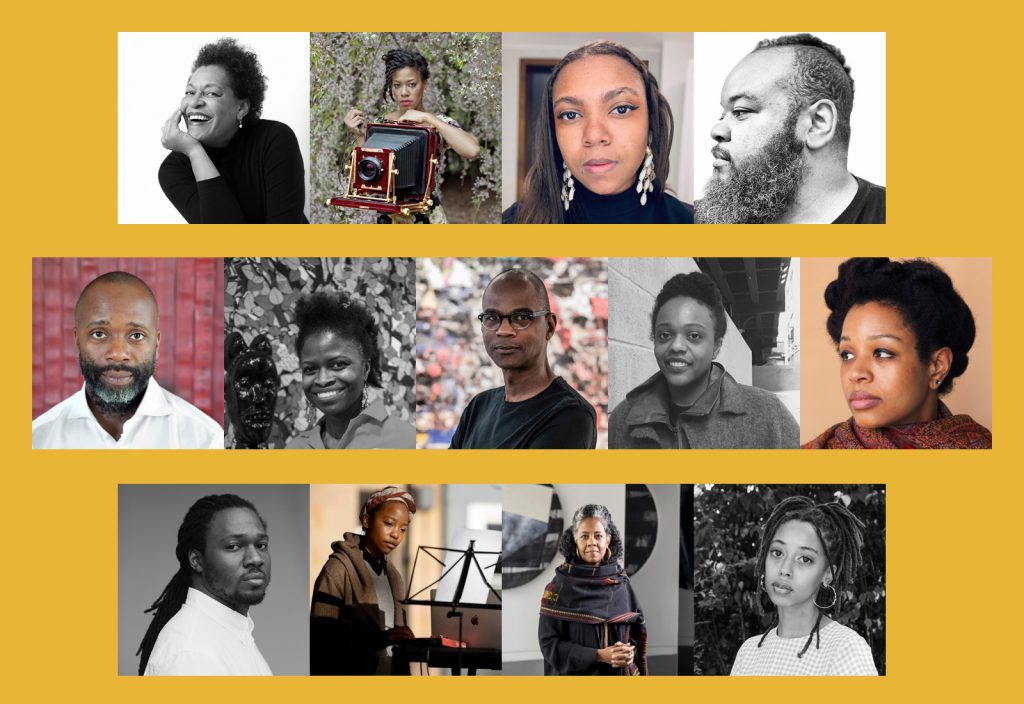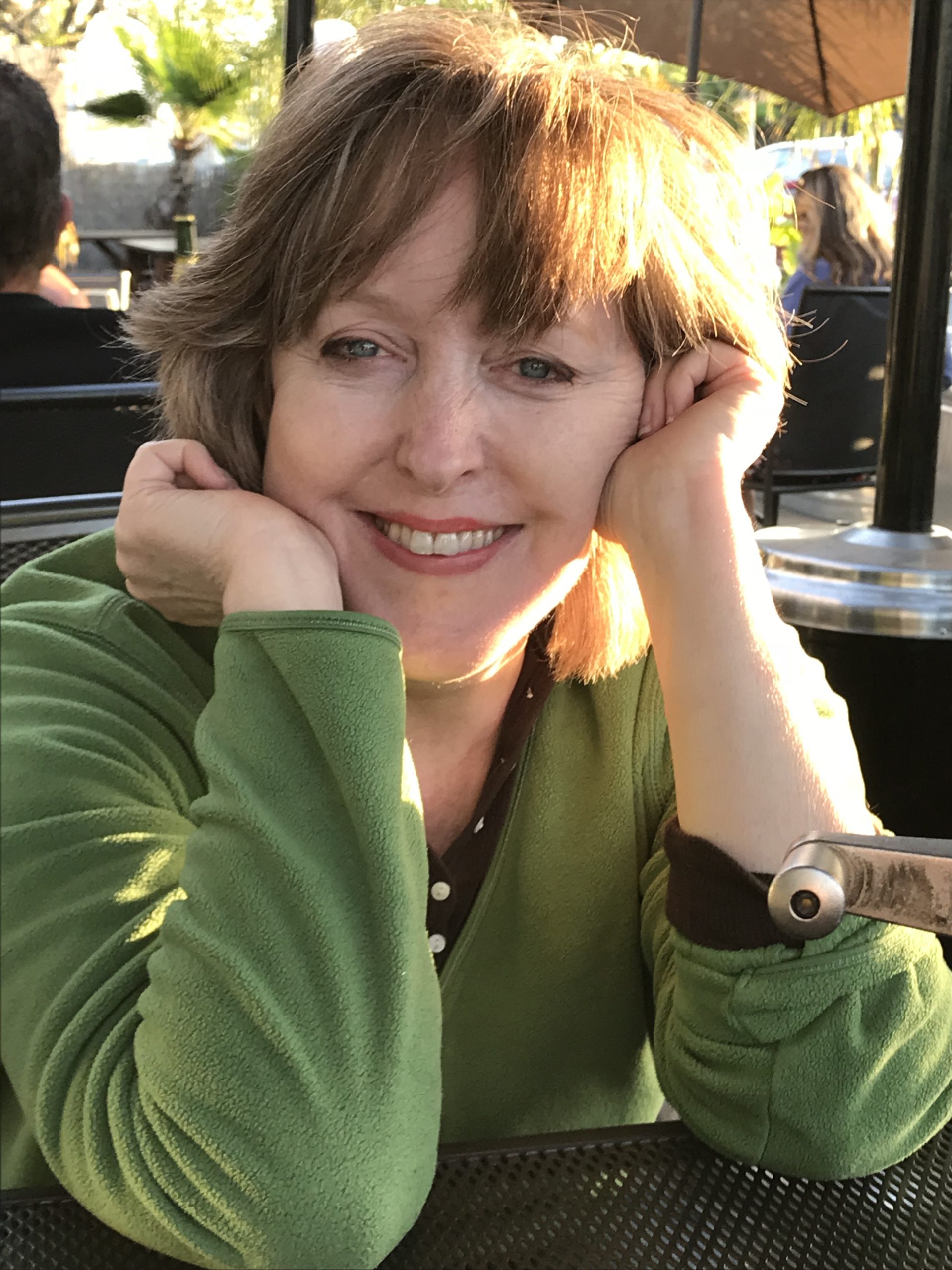Legacies of the Great Migration find artistic expression in a major 2022 art exhibition now in the works by the Mississippi Museum of Art and the Baltimore Museum of Art, the institutions announced Monday.
In newly commissioned works by 13 acclaimed, current African American artists with southern ties, “A Movement in Every Direction: Legacies of the Great Migration” will examine the Great Migration’s impact on America’s social and political life. Project co-curators are Mississippi Museum of Art Chief Curator Ryan Dennis, also the artistic director of MMA’s Center for Art and Public Exchange, and Baltimore Museum of Art Associate Curator of Contemporary Art Jessica Bell Brown.
The Great Migration saw the 20th-century relocation of more than 6 million African Americans from the South to the North, Midwest and West as they sought better opportunities in industrialized cities and more freedom away from the segregation, intimidation and violence of the Jim Crow South.
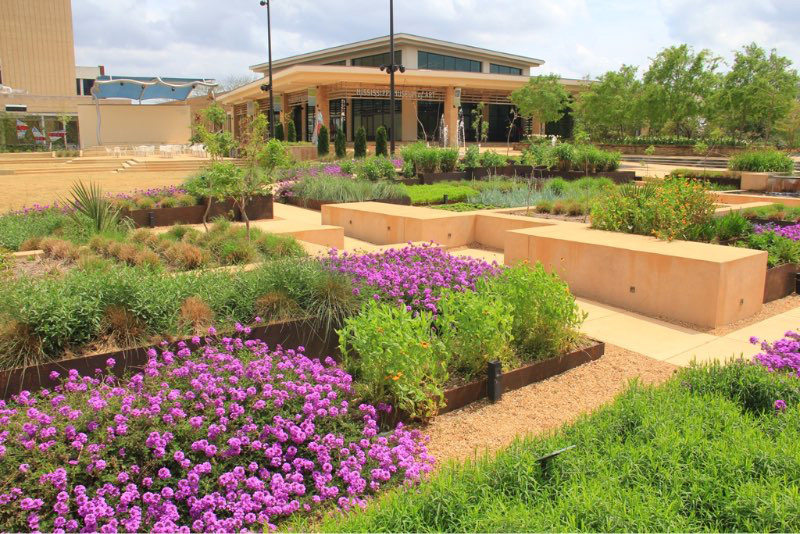
From about 1915 and lasting into the 1970s, the historic phenomenon transformed all aspects of Black life, in rural settings and urban centers, and galvanized a flourishing Black culture’s crop of artists, writers and musicians. Their creative output’s enormous stamp on American culture became integral to the national fabric and continues through subsequent generations.
〈MFP seeks to sustain the most diverse and inclusive statewide media outlet in Mississippi. Click HERE to Donate to our Truth-to-POWER Campaign!〉
The 13 artists selected for this exhibition span generations, and their work includes a range of media. The set weaves together internationally recognized artists with longstanding careers and exciting artists who’ve emerged more recently on the scene. Several have family roots tracing back to Mississippi, Dennis says, including Carrie Mae Weems, Jamea Richmond-Edwards, Torkwase Dyson, Theaster Gates and Akea Brionne Brown. Mark Bradford, Zoë Charlton, Larry W. Cook, Allison Janae Hamilton, Leslie Hewitt, Stephani Jemison, Deana Lawson and Robert Pruitt complete the list of artists featured in the exhibition.
Dennis and Brown made their selections after studio visits last summer and fall, with a number of artists who had piqued their interest. “We wanted to better understand their family relationship with the South,” as well as consider a range of perspectives and media, Dennis says. “The underbelly of all this is the departure of their ancestral ties to the South, and really wanting to amplify that.” Those relationships became a deciding factor in the selection.
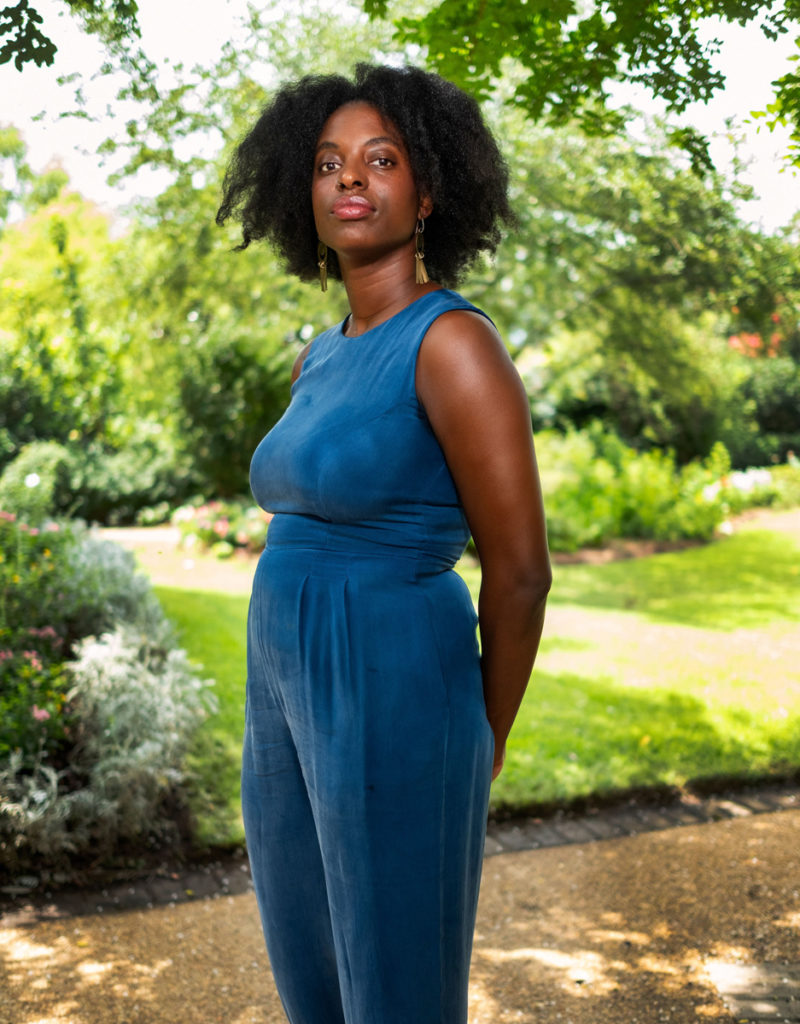
These are artists whose practices deal with personal and communal histories, familial ties, the Black experience, ramifications of land ownership and environmental shifts, and much more. Their contemporary art practice will be a lens to research, explore, and reflect on their personal histories and migration narratives, and help expand the understanding of this key moment in American history.
The genesis for “Legacies of the Great Migration” came from conversations between MMA colleagues and African American artists around the country who mentioned Mississippi forebears or family who still owned land here.
“Their curiosity about family stories synced with the museum’s desire for an honest investigation of the state’s history and to engage with artists who have a relationship, even metaphorically, with the state,” MMA Director Betsy Bradley said in a news release announcing the exhibition. Memories and stories are imprinted on artists’ imaginations, from such ties that spread across the Deep South. The artists’ investigations can lead to better understanding of ourselves, and inspire more truth-telling and connections and reveal new narratives about the Great Migration and its ongoing impact, she said.
The project is grounded in the key prompt: “What would happen if today’s leading artists were given the space to think about the intersections of the Great Migration in a holistic, expansive and dynamic way?”
“The exhibition will attend to and complicate histories of racial violence, trauma and socio-economic exigency, while also examining the agency seized by those who fled as well as those who stayed behind,” co-curators Dennis and Brown jointly say in the news release. “In many ways, the story of the Great Migration is neither complete in its current telling nor finished in its contemporary unfolding.” They look forward to its further consideration through the artists’ stories of resilience, self-determination and transformation.
The ambitious exhibition, opening April 2022, will fill the 7,500 square feet of MMA’s Barksdale Galleries first, then travel to the BMA in October 2022. Additional presenting venues will be announced later.
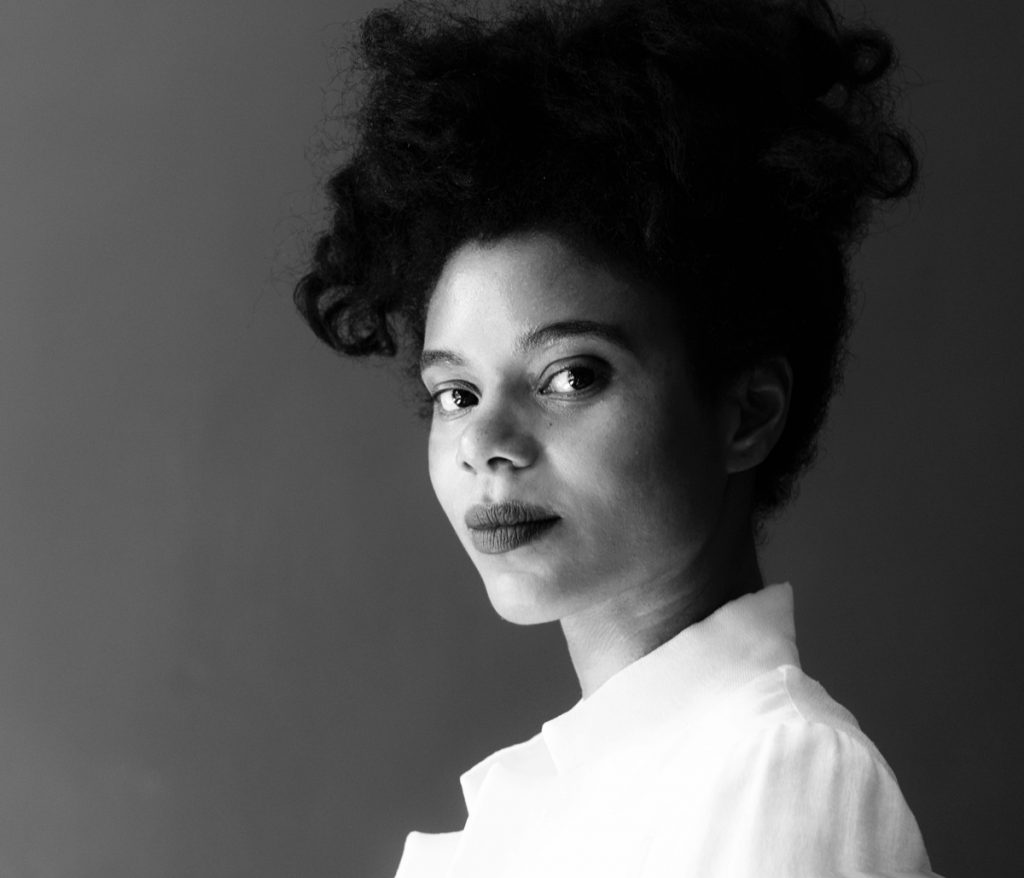
The project will also include a two-volume publication—the first highlighting scholarly work on the Great Migration as it shaped American cities and impacted Black culture, and the second focusing on the art show’s content plus new essays by leading writers Kiese Laymon, Jessica Lynne, Sharifa Rhodes-Pittts and Willie J. Wright.
At this point, co-curators are diving deep into research and details with their teams in installation design and education, and with museum stakeholders, as they build the exhibition, work toward the publication of the two books, and plan related programming and community engagement.
The historical phenomenon of the Great Migration spurred “essentially everything,” Dennis says. He noted author Isabel Wilkerston’s observations on the life-changing courses that led Zora Neal Hurston to become the folklorist we know today instead of a maidservant, and John Coltrane to become the legendary jazz musician instead of a tailor.
“It’s about recognizing and understanding where creativity lies with people,” Dennis says, “and how that may open up or collapse, depending on the opportunities that are afforded to us, and the way our environments allow things to expand, be reshaped and told.”
Exhibition support is provided by the Ford Foundation, with Jackson’s presentation sponsored by the Robert M. Hearin Support Foundation, W. K. Kellogg Foundation, Andrew W. Mellon Foundation and Trustmark National Bank.
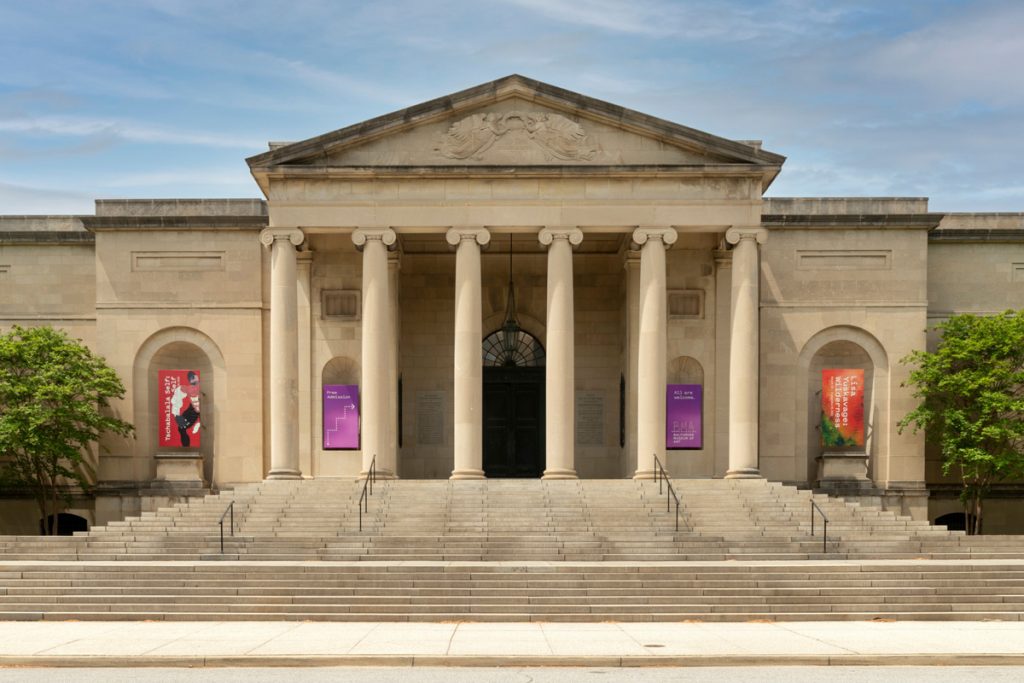
A closer look at participating artists:
Award-winning, internationally exhibited Mark Bradford (born 1961, Los Angeles) has a wide-ranging conceptual practice and is known for multimedia abstract paintings and collages. Weathered and incised surfaces on the scavenged materials used in his creation often reveal the struggles of races and poverty.
Photographer, writer, curator and researcher Akea Brionne Brown (born 1996, New Orleans), investigates history’s influence on the development of contemporary Black life and identity and explores current political and social themes related to historical forms of oppression, discrimination and more.
Through figure drawings, collages and installations, Baltimore-based artist Zoë Charlton (born 1973, Eglin Air Force Base, Florida) digs into the ironies of stereotypes, depicting her subject’s relationship to culturally loaded objects and landscapes.
Conceptual artist Larry Cook (born 1986, Silver Springs, Maryland) works in photography, video and installation and has exhibited internationally. He is an assistant professor of photography at Howard University.
New York-based painter Torkwase Dyson (born 1973, Chicago) works in multiple media, addressing the continuity of ecology, infrastructure and architecture.
Chicago artist Theaster Gates (born 1973, Chicago) engages with space theory and land development, sculpture and performance in his works, drawing on a background in urban planning and preservation.
Multi-disciplinary artist Allison Janae Hamilton (born 1984, Lexington, Kentucky) works in sculpture, photography and video, fusing folklore and family stories to address current concerns of the changing Southern terrain. She migrated from southern states to her family’s homestead in New York.
Leslie Hewitt (born 1977, St. Albans, New York) revisits the still-life genre through a hybrid photography and sculpture approach with assemblages that can include mementos, books and old magazines referencing the Black culture of her youth, exploring meaning and memory.
Brooklyn-based Interdisciplinary artist Steffani Jemison (born 1981, Berkeley) has had work shown nationally and internationally, including LAXART in Los Angeles, the Museum of Modern Art, Jeu de Paume in Paris and Stedelük Museum in the Netherlands. Her art is included in numerous public collections.
Photo-based artist Deana Lawson (born 1979, Rochester) explores themes of legacy, community, romance and more in works that explore how the body channels personal and social histories. She’s had recent solo exhibitions in Amsterdam, Los Angeles and St. Louis.
Robert Pruitt (born 1975 in Houston, Texas) is known for drawings, videos and installations examining the experiences of African Americans and the Black body and identity, with references to hip-hop, science and sci-fi, tech and comics, political struggles and more.
Interdisciplinary artist Jamea Richmond-Edwards (born 1982, Detroit), who received her undergraduate degree from Jackson State University and her master’s from Howard University, creates monumental scale assemblages and immersive installations, including recent works that include self-portraiture. She is inspired by her childhood amid the crack and AIDS epidemics and their devastation on Black and Indigenous American communities in the United States.
Carrie Mae Weems (born 1953, Portland, Oregon) examines race, class and gender identity issues, using history to better understand the present. She works primarily in photography and video, but branches out, too, in verse, performance and more, with activism a central core. Her early 1990s “Kitchen Table Series” examined stereotypes of African American life.


